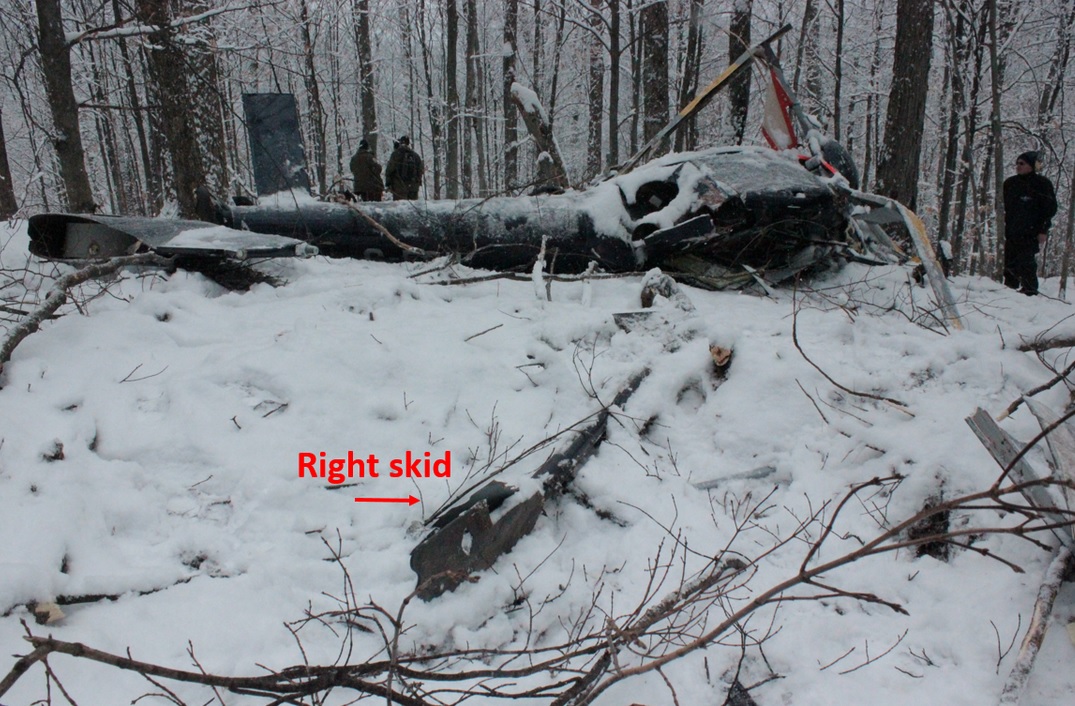by Stuart Doyle, Civil Aviation Safety Inspector, Commercial Flight Standards, Transport Canada Civil Aviation (TCCA)
Did you know?
The ground proximity warning system (GPWS) was invented by a Canadian, Mr. C. Donald Bateman of Saskatchewan, in the late 1970s. From that technology evolved what we know today as the terrain awareness and warning system (TAWS), which has been mandated by some civil aviation authorities to reduce the number of controlled flight into terrain (CFIT) accidents.
How does it work?
HTAWS contains an obstacle and terrain database and, along with positional information from the aircraft global positioning system (GPS), compares the aircraft position to known terrain or obstacles and provides audio-visual caution or warning information when a conflict exists.
Where can I get more information?
The two links below represent good backgrounders on this subject although many others exist.
Transport Canada does not endorse any one manufacturer over another.
Is it in my aircraft?
Quite possibly. Many manufacturers already supply this technology as part of a global positioning system (GPS), electronic flight instrument system (EFIS), or flight management system (FMS) and if you have any of these technologies, you might already have HTAWS or the ability to add it to your existing installation. How does this affect me?
The Transportation Safety Board (TSB) made a recommendation (A16-10) that Transport Canada mandate the installation of HTAWS in commercial helicopters that are operated at night and in instrument meteorological conditions (IMC). There are no current plans to mandate HTAWS but Transport Canada strongly recommends that helicopter operators operating at night or under IFR consider adding this technology to their aircraft. Eventually, emerging technologies such as enhanced flight vision systems (EFVS) may become more affordable and provide better situational awareness for flight crew members.
What should I do?
HTAWS alone does not prevent controlled flight into terrain (CFIT) or loss of control in-flight (LOC-I) accidents but good planning, execution, and decision-making will go a long way to reducing the number of accidents due to CFIT and LOC-I.
